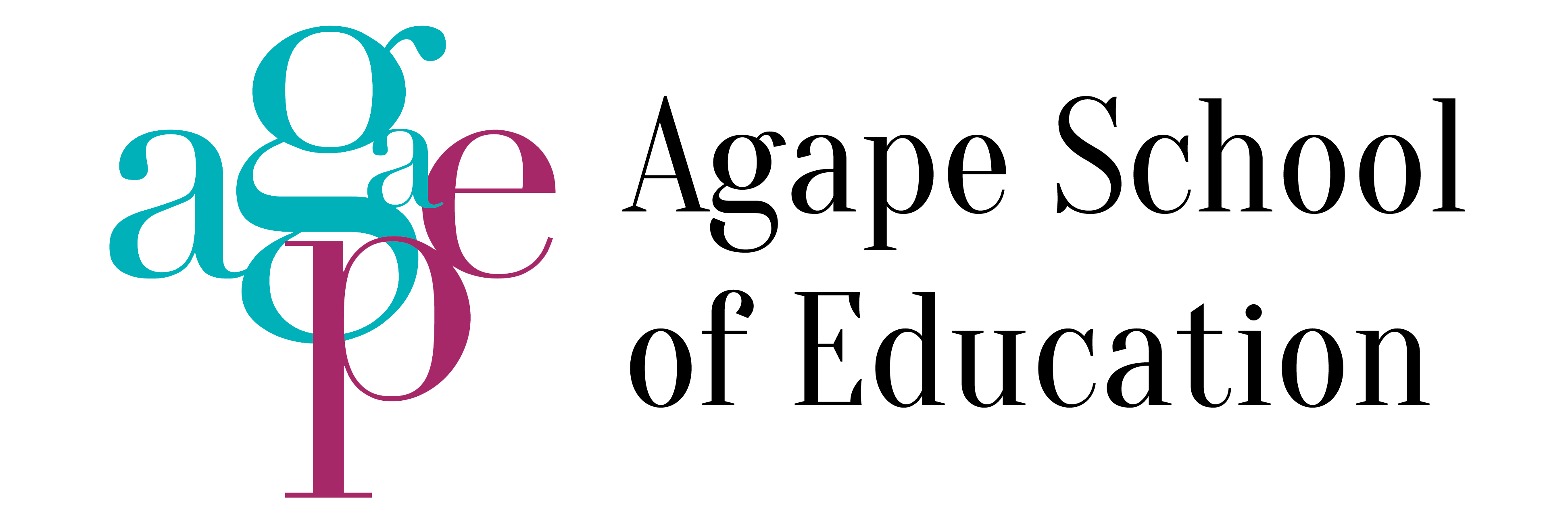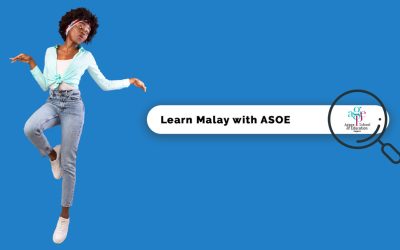There are many reasons teachers are unsung heroes, not least of all because every student has a different learning style. If they don’t understand the most effective way of teaching their students, teachers will be stuck, unable to help their students reach their maximum potential.
In this article, we will explore the 7 different learning styles:
1. Visual Learners
These learners use pictures or images, and their spatial awareness to learn. Therefore, they need to understand the relationship of the other and themselves. This includes the use of mind maps and other visual cues. These are the students who learn best through film.
2. Aural Learners
These learners require sound and music to learn effectively. Although it is quite difficult to incorporate music into every lesson, sounds also include the use of their own voice. Repeating their notes to themselves or use of audio books and audio material can help these students maximise their learning potential.
3. Verbal Learners
Learners in this category need the aid of speech and writing. However, this is not as simple as getting them to recopy a textbook. Mnemonics, acronyms and even acting out a situation can help these students strengthen their verbal learning techniques.
4. Physical Learners
These students learn through using their sense of touch or by doing. This doesn’t necessarily mean that they need to jump around while they learn. The use of puzzles or objects that accompany their learning, including writing or drawing are the best ways to teach these students.
5. Logical Learners
These students like organisation and following a structure. Reasoning is the main skill used when learning, although this can often be tough when learning a foreign language. However, they generally also have the aptitude to be challenged to think of different ways of learning.
6. Social Learners
As the name suggests, these students learn best with others, in groups or an open, communicative environment. These students are inquisitive and learn by asking questions, presenting or participating in dialogue.
7. Solitary Learners
These learners prefer the quiet and learning independently. However, they also require clear guidance and distinct explanations as they rarely ask questions. However, to guide these students, teachers will need to ask active questions and find out the gaps in their students’ learning.
While these are the main modes of learning, this is not a set figure. The beauty of learning is that it’s always changing and adapting. Furthermore, students can have a mix of learning styles. Most traditional schools focus on the linguistic and logical means of teaching, using textbooks, repetition, and impressing the importance of exams as a final means of assessment. Unfortunately, this has created and reinforced the belief that there are “smart” students or “dumb” students.
At Agape School of Education, we believe that the key to success is to maximise our students’ potential to learn. To attain this goal, our teachers individually identify their students’ learning techniques and adapt their teaching styles. We also use a range of teaching materials, from textbooks to videos, and even games and puzzles. While there are a good variety of textbooks out in the market, there is rarely a textbook that fits our in-house curriculum. Therefore, we have specially designed in-house textbooks and materials to help our students learn efficiently and effectively. Finally, while we have numerous courses spanning different languages, for students and adults, our curriculum is always modifiable. So, should you require an MOELC-based course or one for business, we are here to help! View our available courses now!



0 Comments